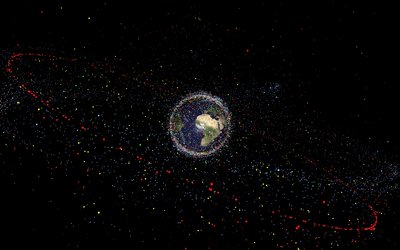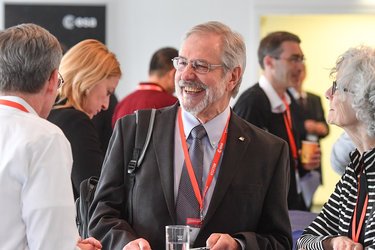

The future of catastrophic in-space collisions
While we may be more responsible with what we launch today that we used to be, our current efforts are not enough.
If we don’t significantly change the way we use launch, fly and dispose of space objects, an “extrapolation” of our current behaviour shows how the number of catastrophic in-space collisions could rise.
Long term, this could lead to “Kessler Syndrome”, the situation in which the density of objects in orbit is high enough that collisions between objects and debris create a cascade effect, each crash generating debris that then increases the likelihood of further collisions. At this point, certain low-Earth orbits will become entirely inhospitable.
The most effective way to avoid this situation is for more space actors to follow the IADC’s space debris mitigation guidelines – doing more to prevent in-orbit explosions, avoid in-orbit collisions, and dispose of spacecraft safely at the end of their mission.
More on ESA's 2022 Space Environment Report.





